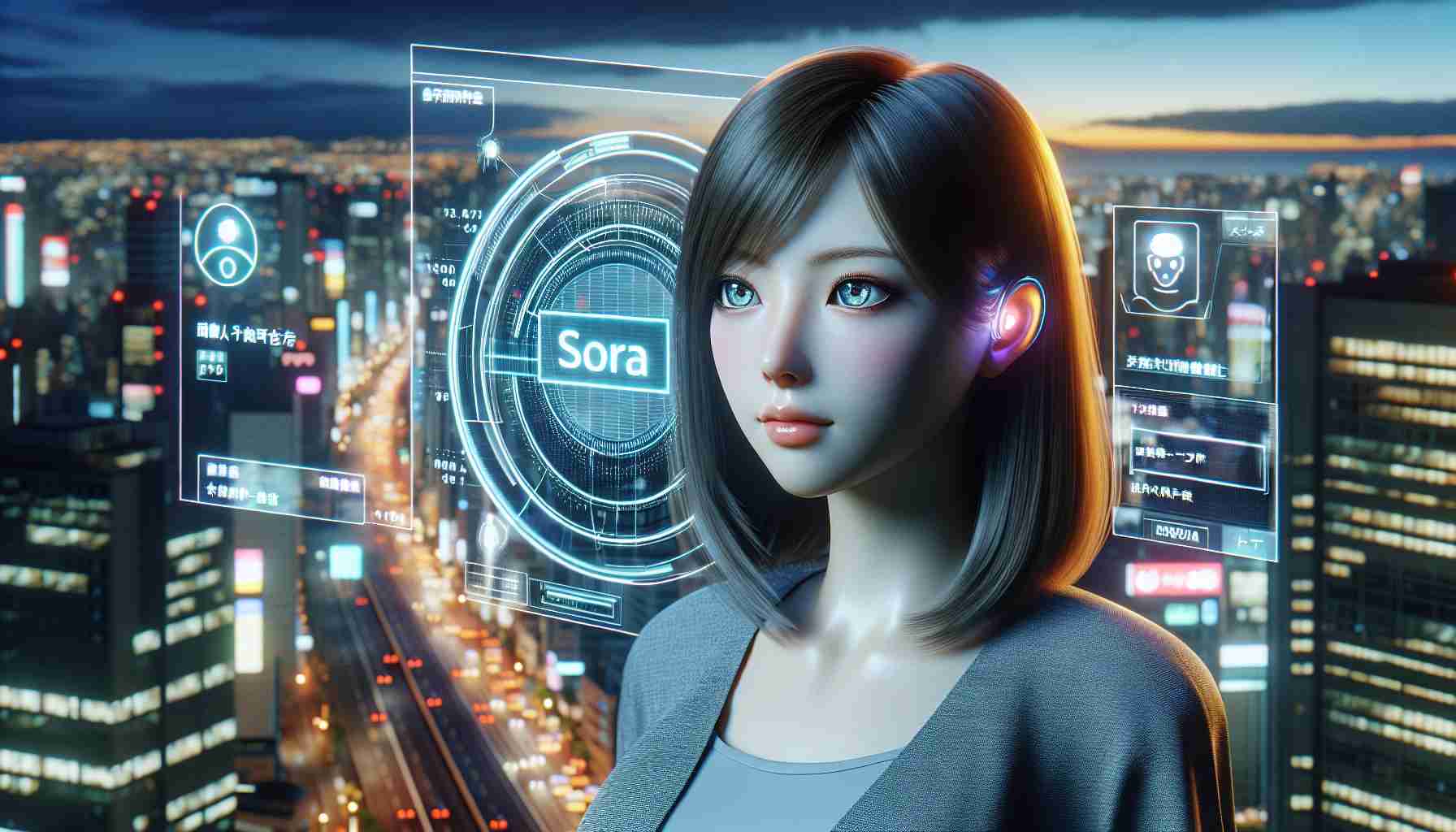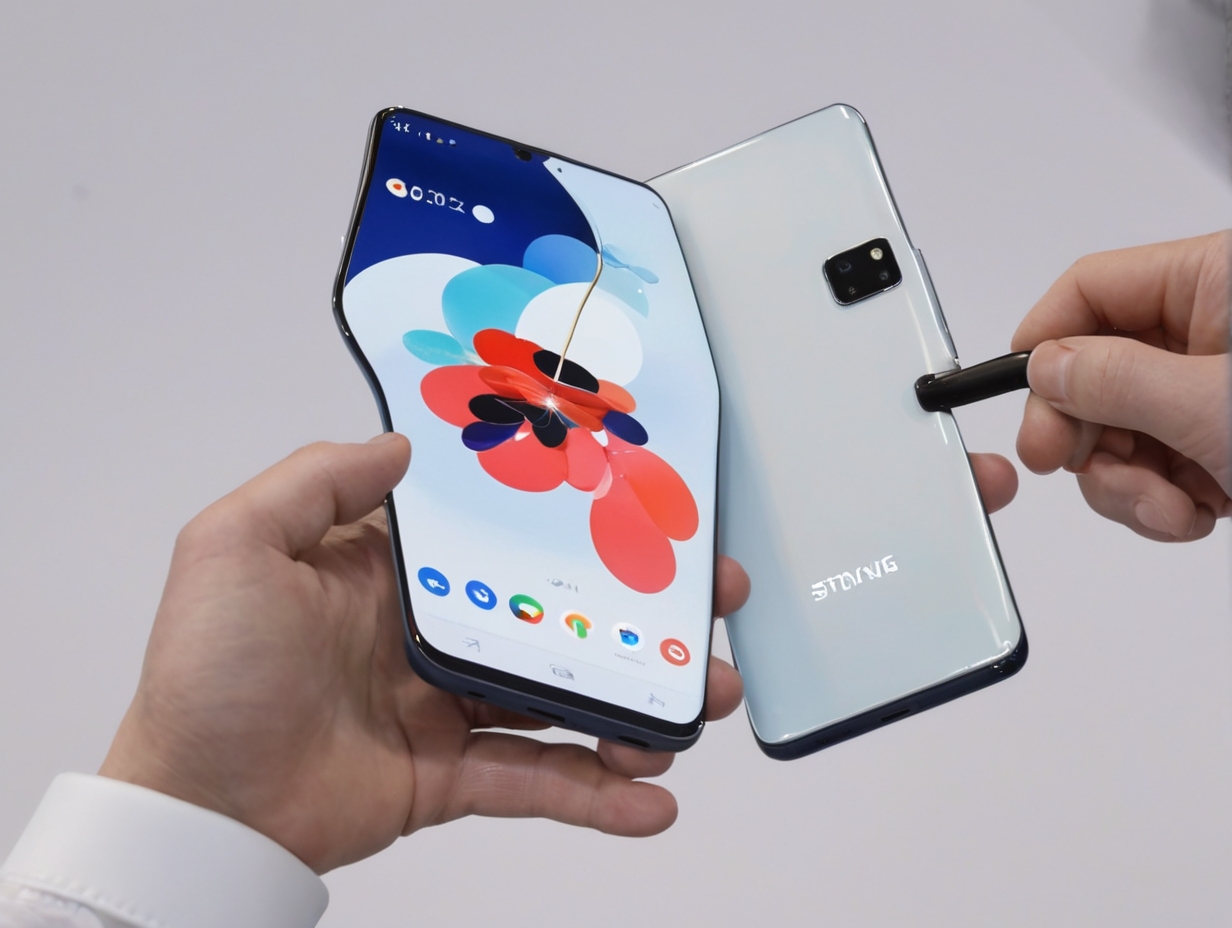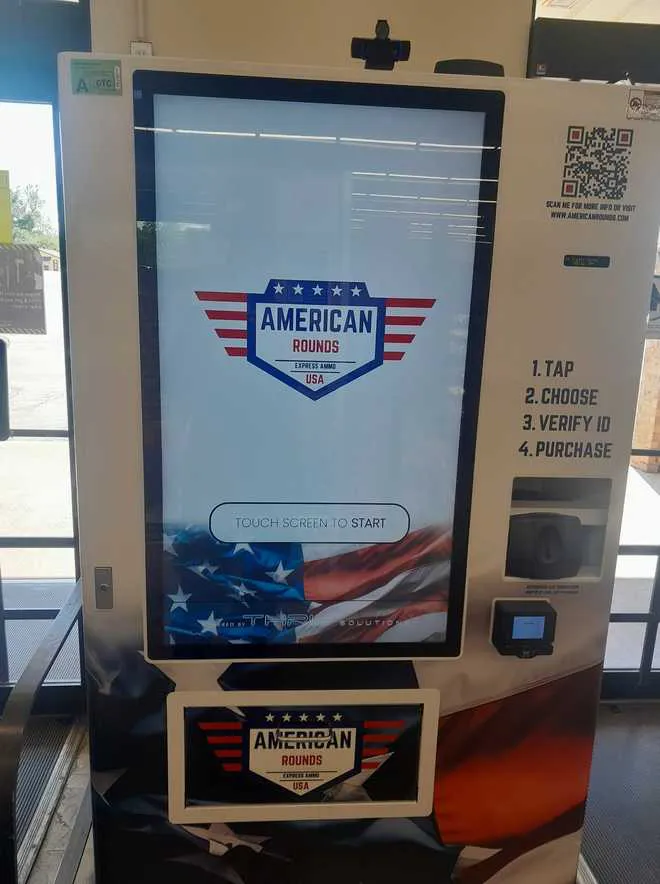OpenAI has announced the release of Sora, its pioneering text-to-video model. This groundbreaking technology is set to redefine the landscape of video content creation, offering capabilities that outshine its competitors’ competitors.
Sora stands out for its ability to generate realistic and imaginative video scenes from simple text prompts, a feature that positions OpenAI ahead in the AI race. Unlike previous models that often produced less lifelike outputs, Sora brings unprecedented detail and realism to video generation. It understands the physical presence of people and objects, enabling it to create complex scenes with multiple characters, diverse movements, and expressive facial features. Moreover, Sora’s technology pays close attention to textures and objects, eliminating the artificial appearance commonly seen in other AI-generated content.
The model is not just about creating new videos from text but also multimodal. It allows users to animate still images or enhance existing videos by adding or extending missing frames. This flexibility opens up new creative possibilities, from animating photos to transforming short clips into more elaborate stories.
Lifelike quality and creative potential
OpenAI’s Sora distinguishes itself with the quality of its video outputs. Samples on the company’s website and social media showcase its ability to produce clips with remarkable lifelike qualities. Examples include videos of puppies playing in the snow, where the texture of their fur and the snowflakes on their snouts are strikingly realistic. Another clip features a Victoria-crowned pigeon moving with the fluidity and grace of a real bird. These examples underscore Sora’s potential to create content that blurs the line between generated and genuine footage.
Despite its impressive capabilities, Sora is not without its limitations. OpenAI has openly acknowledged certain weaknesses in the model, such as difficulties in accurately simulating physics, occasional confusion in directional orientation, and errors in depicting cause-and-effect relationships. These issues sometimes result in humorous or unexpected outcomes, highlighting areas for improvement.
OpenAI is committed to refining Sora, addressing its current shortcomings, and enhancing its performance. The company engages with experts to evaluate potential risks and ensure the technology is used responsibly. Efforts are underway to prevent the generation of false information, hateful content, or biased material. Moreover, a text classifier will be implemented to reject prompts that could lead to the creation of inappropriate or harmful videos.
Ensuring ethical use and future Developments
As OpenAI continues to develop Sora, the focus is on technological advancement and ethical considerations. The company aims to foster an environment where AI can be used safely and beneficially, avoiding misuse or negative impacts on society. By working closely with industry experts and implementing safeguards, OpenAI is taking significant steps to ensure that Sora and future innovations will contribute positively to the world of content creation.
Sora represents a major milestone for OpenAI and the broader field of artificial intelligence. Its ability to create highly realistic video content from textual descriptions sets a new standard for what is possible in AI-driven video production. As the technology evolves and its capabilities expand, Sora is poised to open new creative avenues for content creators and redefine our expectations of AI-generated media.





